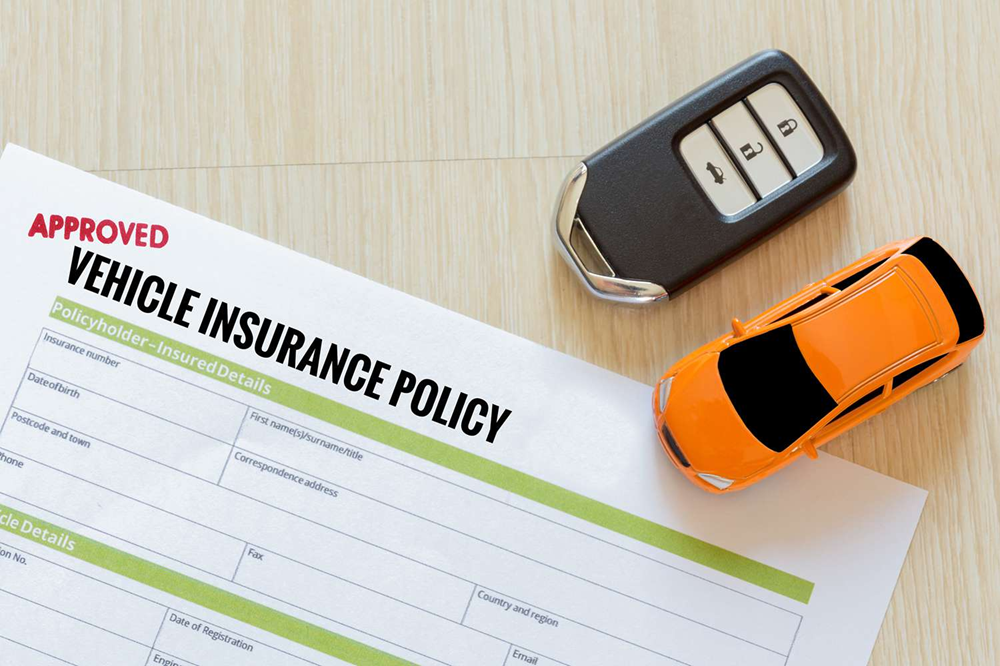The global automotive landscape is changing rapidly, with electric vehicles (EVs) becoming increasingly popular due to their environmental benefits, government incentives, and advancements in technology. However, this shift is also significantly influencing the car insurance policy landscape. As more drivers adopt EVs, insurance providers must adapt their policies, rates, and coverages to align with the unique aspects of electric vehicles. Understanding these changes is essential for consumers and insurers alike to make informed decisions about coverage needs and costs.
In this article, we explore how EVs are impacting car insurance policies, what factors insurers are considering, and how EV owners can effectively manage their car insurance policies.
1. Cost Implications of Electric Vehicle Repairs
Electric vehicles come with high-tech components like lithium-ion batteries and advanced digital systems, which often require specialised repair knowledge. Consequently, repairs on EVs can be more expensive than for traditional internal combustion engine (ICE) vehicles. Battery replacement or repairs, for example, can be costly and are a major factor insurers consider when designing a car insurance policy for EVs. As a result, premiums for EVs can sometimes be higher than those for standard vehicles.
Insurance providers are increasingly acknowledging the importance of offering coverage that aligns with the high cost of EV parts and repairs. This shift in car insurance policy coverage will ensure that EV owners are adequately protected against unexpected repair costs, but it also means premiums may be adjusted to reflect these higher potential expenses.
2. Safety Features and Their Impact on Premiums
Many electric vehicles are equipped with advanced safety features, including autonomous driving aids, collision avoidance systems, and 360-degree cameras, which make them safer to drive. These features can help reduce the likelihood of accidents, which is a positive factor for insurers. With fewer accidents, the frequency of car insurance claims can be reduced, which, in turn, can lower premiums for EV drivers over time.
However, these safety systems also raise repair costs when damaged, which might offset some premium savings. Insurers are taking a balanced approach, weighing the safety benefits against repair costs when setting car insurance policy rates for electric vehicles.
3. Differences in Driving Patterns and Usage
EV owners tend to drive differently from conventional vehicle owners, mainly due to the distinct characteristics of their cars. EVs are often used for city driving and shorter distances, which may reduce the frequency and severity of accidents. For insurers, understanding these differences is crucial, as driving patterns influence the design of a car insurance policy.
Some insurers are offering telematics-based policies, where premiums are calculated based on driving behaviour. This can be especially beneficial for EV owners who maintain safe driving habits, as they may qualify for reduced premiums.
4. Impact of EV-Specific Risks on Car Insurance Policies
Electric vehicles come with unique risks, such as battery fires and environmental impacts related to charging stations. These risks are not prevalent in traditional cars and are prompting insurers to introduce specific coverages within car insurance policies. For instance, some policies now include battery replacement and charging station liability coverage to account for the unique hazards of EV ownership.
As technology advances and these risks are better understood, insurers will likely further refine their offerings. These evolving policies aim to provide comprehensive protection that considers all aspects of electric vehicle ownership.
5. Government Regulations and Incentives
Governments around the world are supporting EV adoption by offering incentives, such as tax breaks and rebates. In some regions, regulatory changes are also affecting the insurance sector. Governments are encouraging insurers to provide more competitive rates for EV owners by offering subsidies or tax incentives to the insurance providers themselves.
These incentives can indirectly impact car insurance policy premiums for EVs, making it more affordable for consumers to insure their vehicles. As regulations continue to evolve in favour of EV adoption, insurance policies will likely become more favourable for EV owners.
6. Green Insurance Policies
As the popularity of EVs rises, many insurers are introducing “green insurance policies” that cater specifically to electric and hybrid vehicles. These policies are designed to support sustainable practices and may come with benefits like discounts for eco-friendly driving and lower emissions. Some insurers are also committing to environmentally friendly practices by offsetting the carbon footprint of their business or offering coverage options that support green initiatives.
By opting for a green car insurance policy, EV owners can align their insurance choices with their commitment to sustainability, often at a competitive price.
7. Future of EVs and Insurance Premiums
As EV technology matures and becomes more widespread, the cost of owning and maintaining an electric vehicle is expected to decrease. This will also affect car insurance policy premiums, as insurers gather more data on the risks and costs associated with EVs. Many analysts expect that as the market for EVs expands, competition among insurers will drive down premiums, making it more affordable for consumers to insure their electric cars.
Furthermore, the advent of fully autonomous vehicles, many of which will likely be electric, could drastically reduce accident rates, impacting the entire insurance landscape. Although fully autonomous EVs are still some years away, their development will likely lead to lower insurance premiums in the long run.
8. Car Insurance Claims for Electric Vehicles
With the rise of EVs, the way car insurance claims are managed is also changing. EV owners who need to make claims might encounter different processes than those for traditional vehicles, particularly regarding repairs and part replacements. Specialised service centres are often required for EV repairs, which could lengthen claim processing times in some cases. To manage this, many insurers now offer streamlined claim services or partnerships with certified EV repair shops to make car insurance claims easier and faster for EV owners.
To learn more about the process for making car insurance claims, visit this link.
9. Ways for EV Owners to Save on Car Insurance Policies
EV owners can take steps to make their car insurance policy more affordable. Here are a few tips:
- Shop Around: Compare different insurance providers and their EV-specific policies. Some insurers offer discounts for EVs due to their lower emissions and higher safety ratings.
- Look for Green Insurance Discounts: Many insurers now offer discounts for eco-friendly vehicles and drivers.
- Opt for Usage-Based Insurance: If you drive your EV less frequently, consider a usage-based insurance policy where your premium is based on your actual driving habits.
- Increase Your Deductible: A higher deductible can lower your premium, but be sure you can afford it in case of a claim.
- Maintain a Clean Driving Record: Safe driving can lead to lower premiums, as insurers reward drivers with fewer claims.
Conclusion
The rise of electric vehicles is driving significant changes in the insurance industry, pushing insurers to adapt their car insurance policy offerings to meet the unique needs of EV owners. While EV-specific risks and repair costs might lead to higher premiums in some cases, advanced safety features, green policies, and evolving technologies offer opportunities for cost savings and specialised coverage. For EV owners, understanding these developments is essential for managing their insurance needs effectively, and the future promises even more tailored solutions as EV technology continues to evolve.






